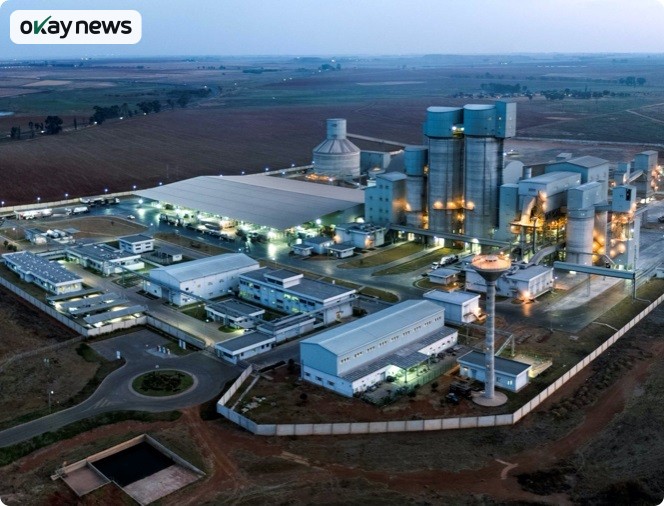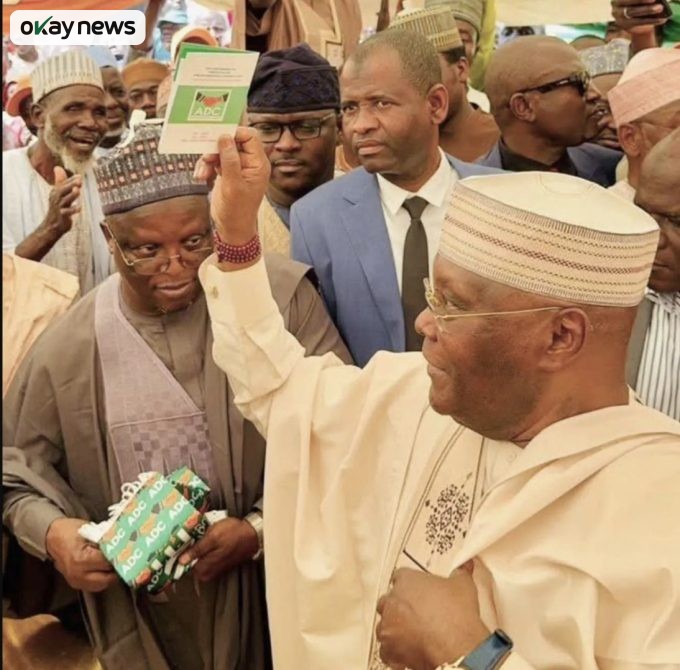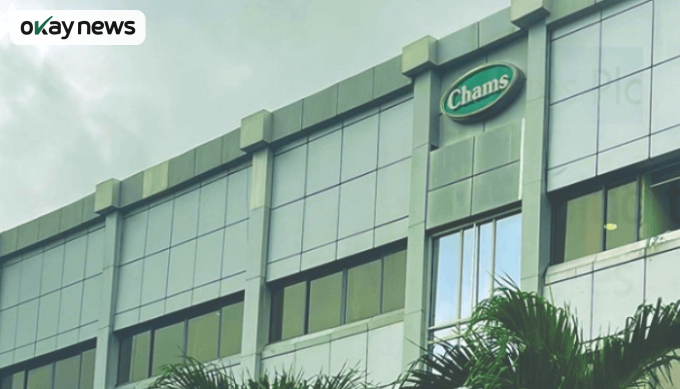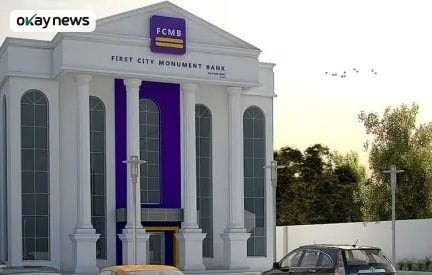Dangote Cement Plc has opened a N100 billion commercial paper offer as the first tranche of its N500 billion issuance programme. The offer opened on 17 November 2025 and will close on 19 November 2025.
The programme features two tranches. The 181-day Series 1 carries a 16.10 percent discount rate, translating to a 17.50 percent yield. The 265-day Series 2 carries a 16.70 percent discount rate, giving a 19.00 percent yield. Minimum subscription is N50 million, with increments in multiples of N1,000. Proceeds are designated for working-capital needs.
The company’s performance over the past five years shows strong revenue and profit growth. Revenue rose from N1.03 trillion in 2020 to N3.58 trillion in 2024, an annual growth rate of 37 percent. Profit after tax more than doubled from N276 billion to N503.25 billion in the same period, a 16.2 percent compound annual growth rate.
For the nine months ending September 2025, revenue reached N3.15 trillion, up 22 percent from 2024. Profit before tax rose 150 percent to N1.04 trillion. Profit after tax increased to N743.3 billion, more than double the previous year. Operating cash flow climbed to N1.29 trillion, up from N532 billion. Borrowings dropped 47 percent to N1.32 trillion, while interest-coverage improved to 4.4. The company recorded lower production volumes, indicating that pricing rather than volume drove performance.
Rating agencies have affirmed the company’s strength while noting risks. DataPro maintained its AA long-term and A1 short-term ratings, citing strong earnings and experienced management. It flagged foreign-exchange exposure, low asset utilisation and regional challenges. GCR Ratings downgraded Dangote Cement to A+(NG) in October 2025 due to group-cap effects at its parent company, Dangote Industries Limited, while acknowledging strong cash flows and expecting improved leverage by year-end.
The offer provides yields between 17.50 percent and 19.00 percent, supported by robust cash flows, reduced debt and improved financial stability. Risks include declining production volume, foreign-exchange exposure and operational challenges in some African markets.












